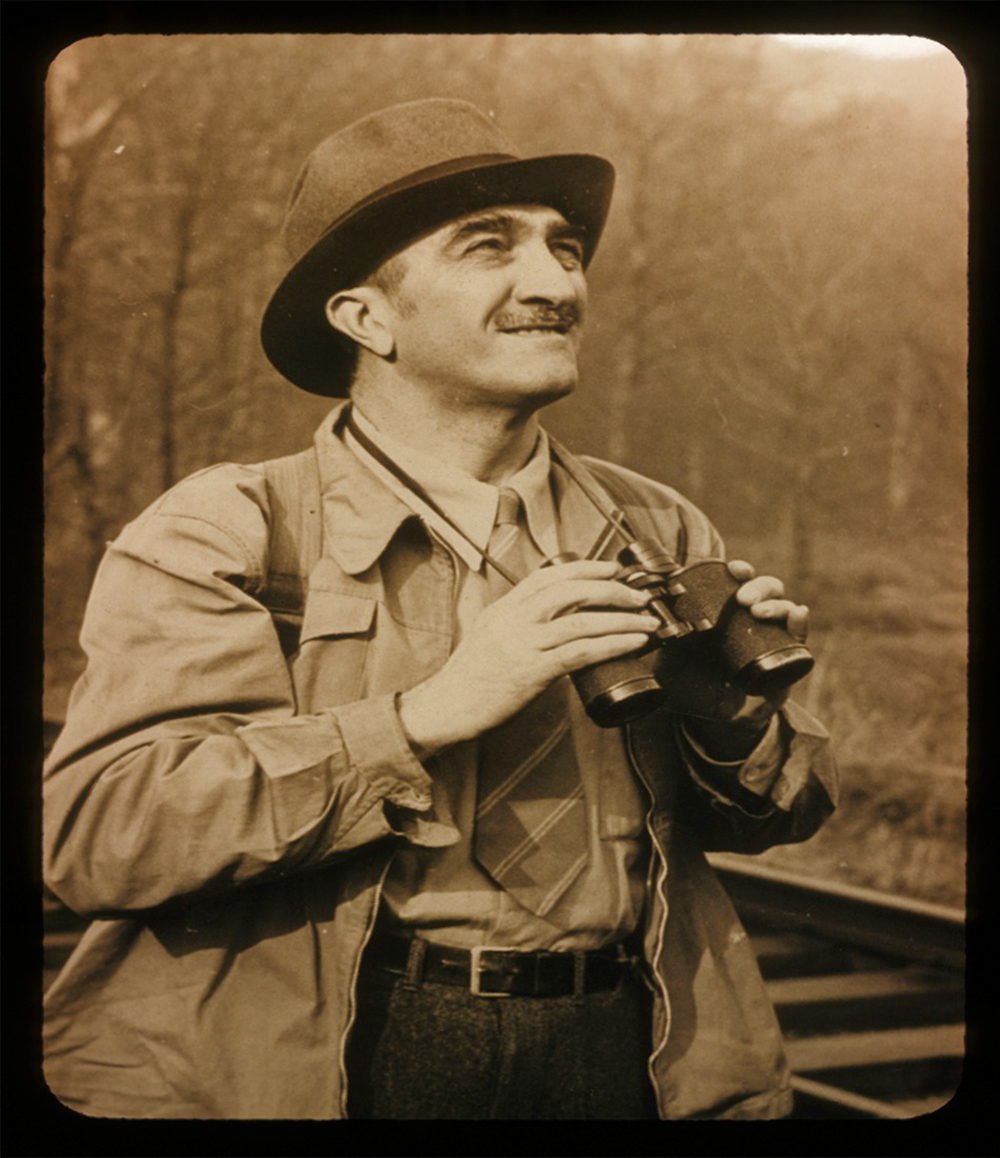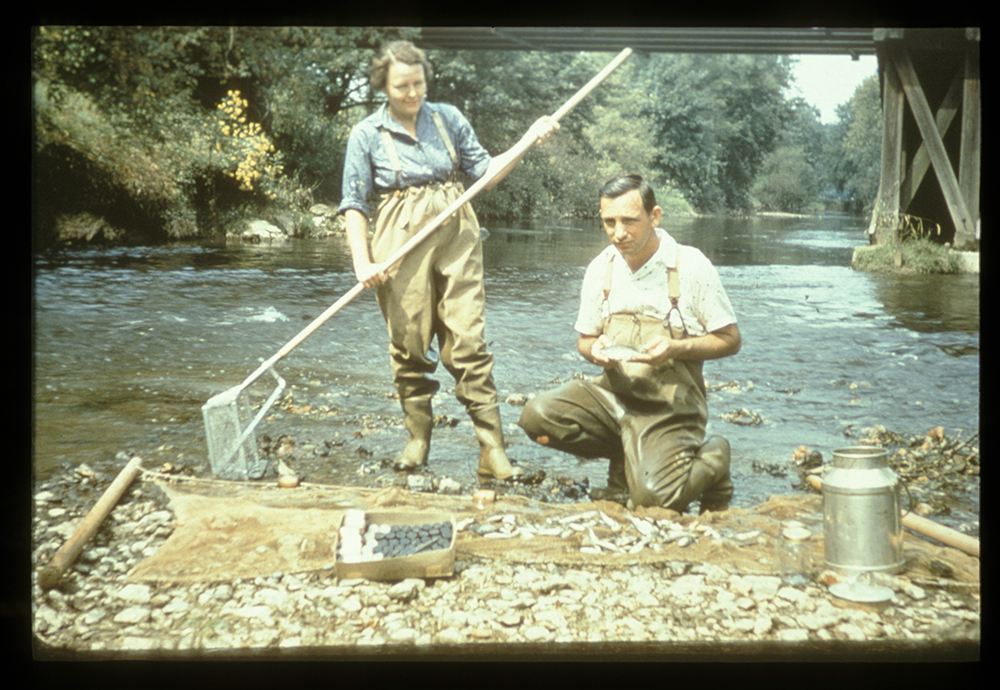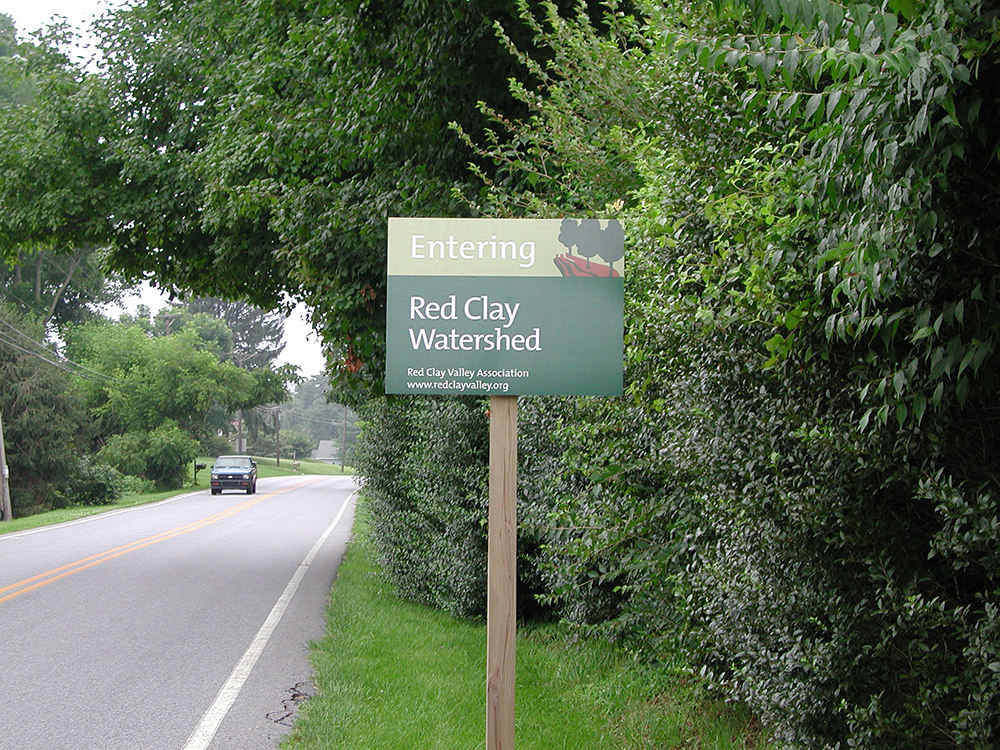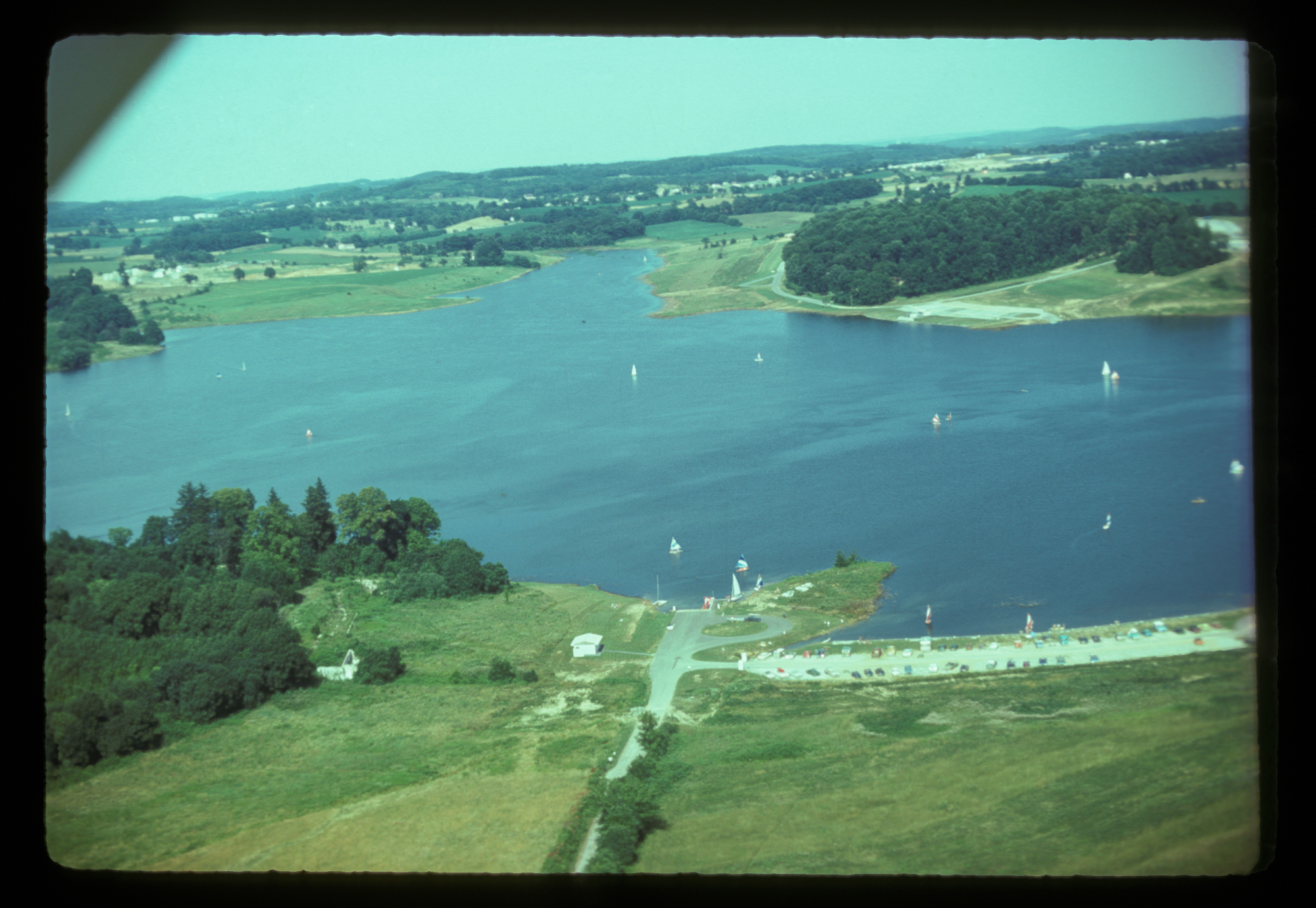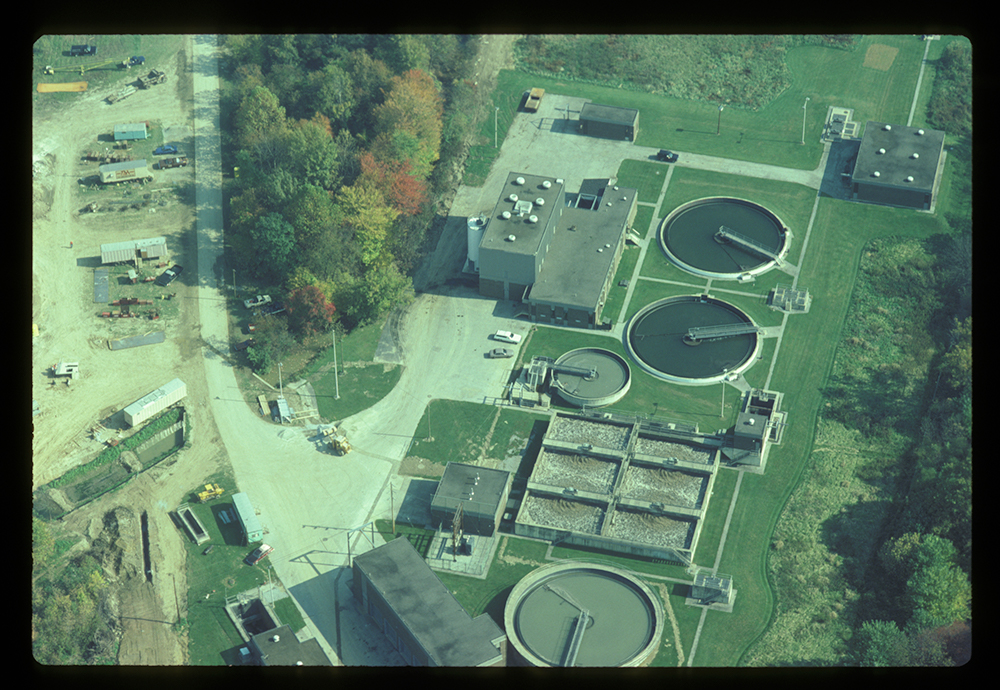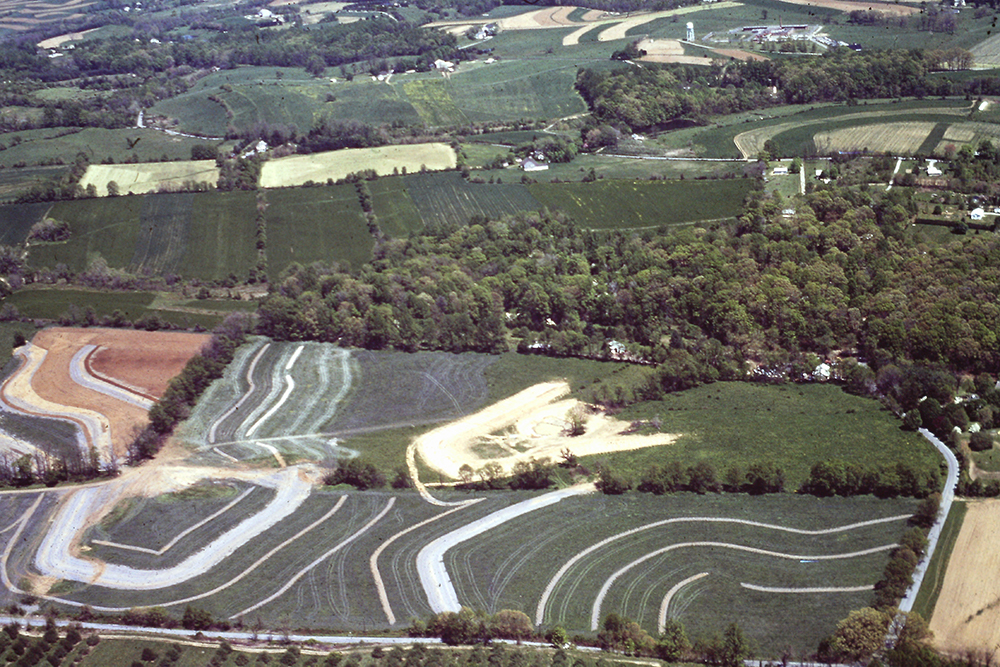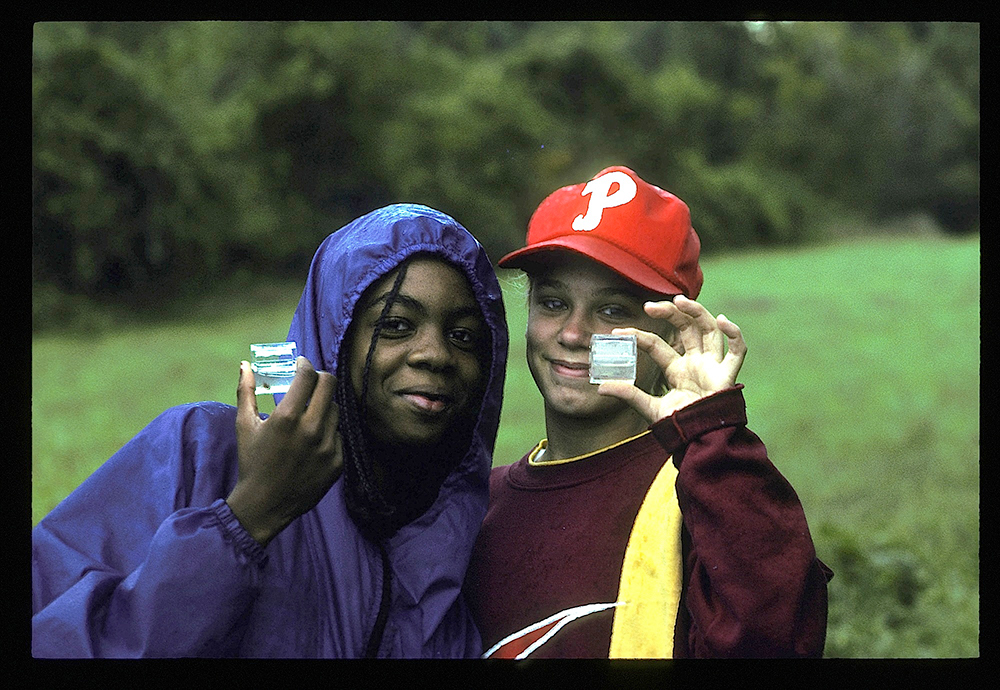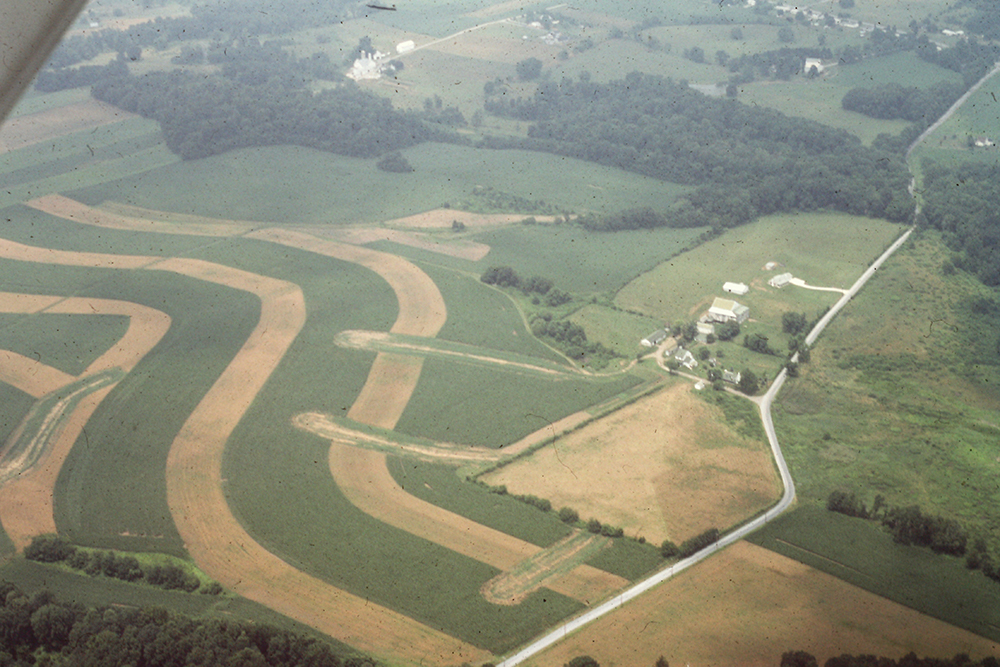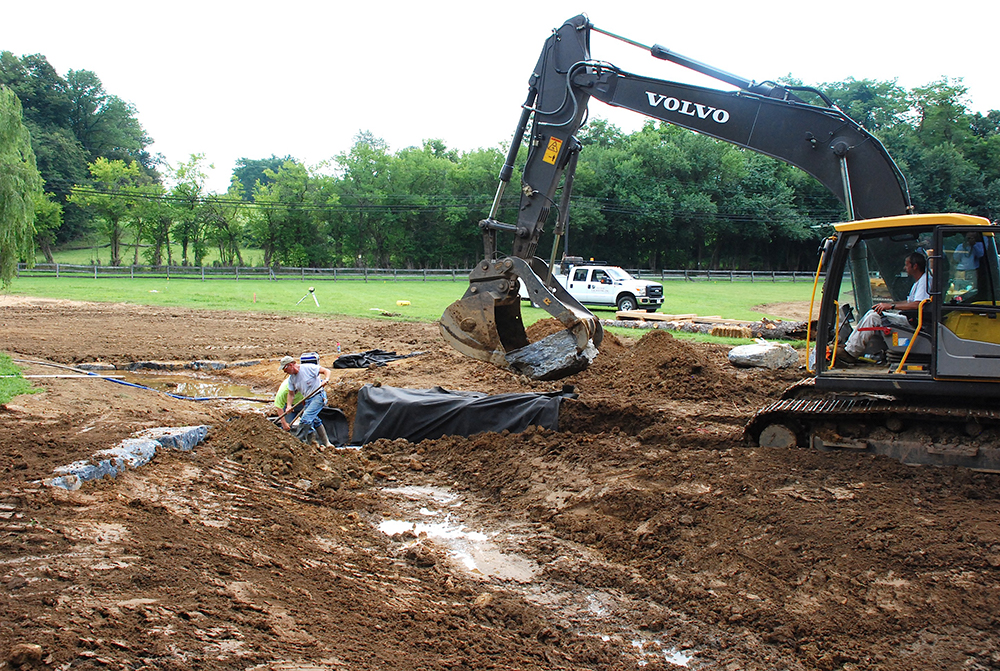Today, Brandywine Red Clay Alliance is a vital nonprofit organization nearly 900 members strong. Our resources, strategic thinking, and hands-on efforts combine to make a tremendous impact. They connect 12,000 students to environmental education, serve thousands more local nature lovers and advocates, and ensure continued improvements for generations to come.
What is a broadly shared vision today began with the commitment of a handful of citizens in March 1945. Thirty people from the West Chester and Wilmington areas got together to listen to Clayton Hoff talk about the Brandywine Creek. What they heard was alarming. In many places, the creek was little more than an open sewer—the result of wastewater dumped into the stream with little or no treatment. In addition, thousands of tons of soil were being washed into the Brandywine, choking aquatic life and diminishing water quality.
Recognizing such threats would cause permanent damage, this group founded the Brandywine Valley Association (BVA), the first small watershed association in America. Seven years later, in 1952, the Red Clay Valley Association (RCVA) followed in its footsteps.
Here are a few select highlights from our long history of independent and collaborative efforts to protect and conserve the Brandywine and Red Clay Watersheds, which led to the successful merger of BVA and RCVA in 2015.
Explore the Timeline
1945
A group of citizens deeply concerned about dumping and soil erosion polluting the Brandywine Creek band together to found the Brandywine Valley Association (BVA). BVA’s incorporators include individuals from Wilmington and Chester County, Pennsylvania, as well as corporate leaders, including Lukens Steel’s president.
1945
BVA opens its first office in Wilmington, Delaware.
1946-47
BVA opens an office in West Chester, Pennsylvania and assists with the formation of the Chester County Conservation District, beginning a long history of working in tandem with governmental agencies.
Front row L to R: Connie Blower (Clayt’s secretary), Clayt Hoff, Esther Wegman (bookkeeper)
Back Row L to R: unknown, Bob Struble Sr., Ann Hohlen (secretary)
1948
As cleanup efforts behin in the Brandywine, BVA engages scientists from the Academy of Natural Sciences, led by Dr. Ruth Patrick, to perform the first water quality tests. Still underway, this is the oldest continuous stream-based water-quality study in the world.
1952
Citizens in the neighboring Red Clay Watershed form the Red Clay Valley Association (RCVA) in an effort to improve the water quality of the Red Clay Creek.
1954
BVA and RCVA collaborate for the first time to develop the first landfill in Newlin Township.
1955
BVA begins working on the Brandywine Watershed Flood Control and Water Supply Plan, adopted in 1961. The Chester County Water Resources Authority is created and housed within BVA’s office.
1950s-1960s
At the behest of BVA, Downingtown Paper Company on the east branch of Brandywine Creeks and Lukens Steel on the west branch become the first contributors to industry-led water quality improvement.
1969
U.S. Geological Survey takes responsibility for annual water-quality testing in the Brandywine.
1972
BVA advocates locally and in Harrisburg for the land application of treated wastewater effluent as a strategy for improving surface water quality and recharging ground water.
Mid-1970s
Municipal treatment plants at Coatesville, Downingtown and West Chester upgrade their systems to provide a cleaner effluent.
1980s
BVA and RCVA play key roles in jump-starting municipal recycling programs.
1981
Thanks to a generous bequest from Horatio Myrick, BVA and RCVA move their headquarters to the Myrick Conservation Center in Pocopson Township, centralizing their watershed conservation efforts.
1984
Myrick Conservation Center hosts its first BVA/RCVA summer camp—and it’s still going strong more than three decades later.
1986
The first BVA- and RCVA-led watershed education programs begin taking shape, serving local school districts and the general public.
1990s
BVA and RCVA develop a model that measures changes in ground water levels as a result of increasing development.
Education programs continue to expand, reaching more school districts and engaging officials through the Local Issues Series and municipal workshops.
1993
BVA receives another bequest of real estate from a generous donor. The Saalbach Farm, a 225 acre property in Coatesville is home to environmental education and summer camp programs.
2006
BVA and RCVA launch the Red Streams Blue program, a model for improving surface water quality throughout the region.
2012
Through tremendous community support and in partnership with Pocopson Township along with others, open space in the watershed is preserved in perpetuity with conservation easements. In total, BVA stewards over 773 acres of land to further watershed conservation.
2015
The BVA and RCVA Boards of Directors are unanimous in approving a merger of the two organizations to form Brandywine Red Clay Alliance.
